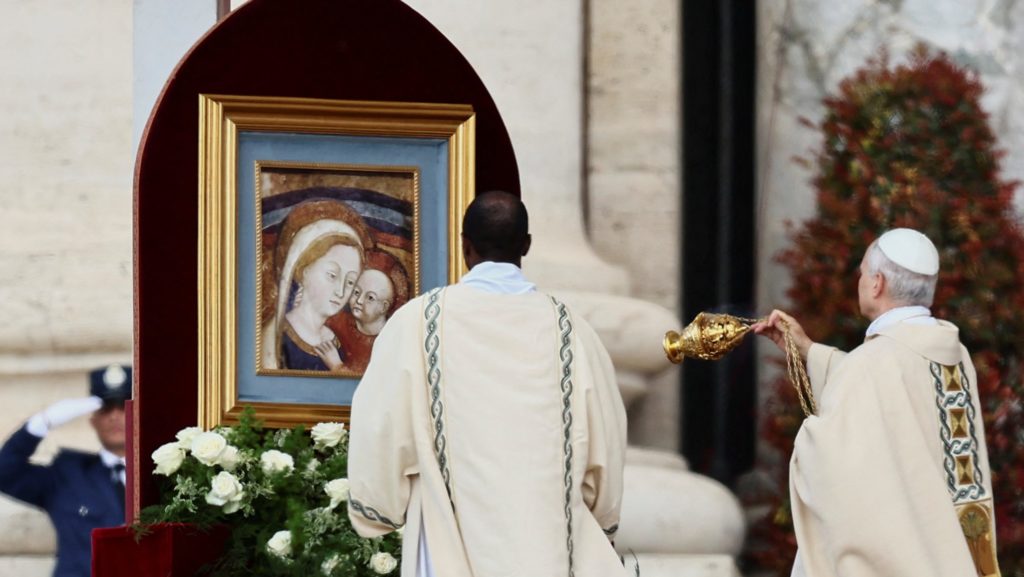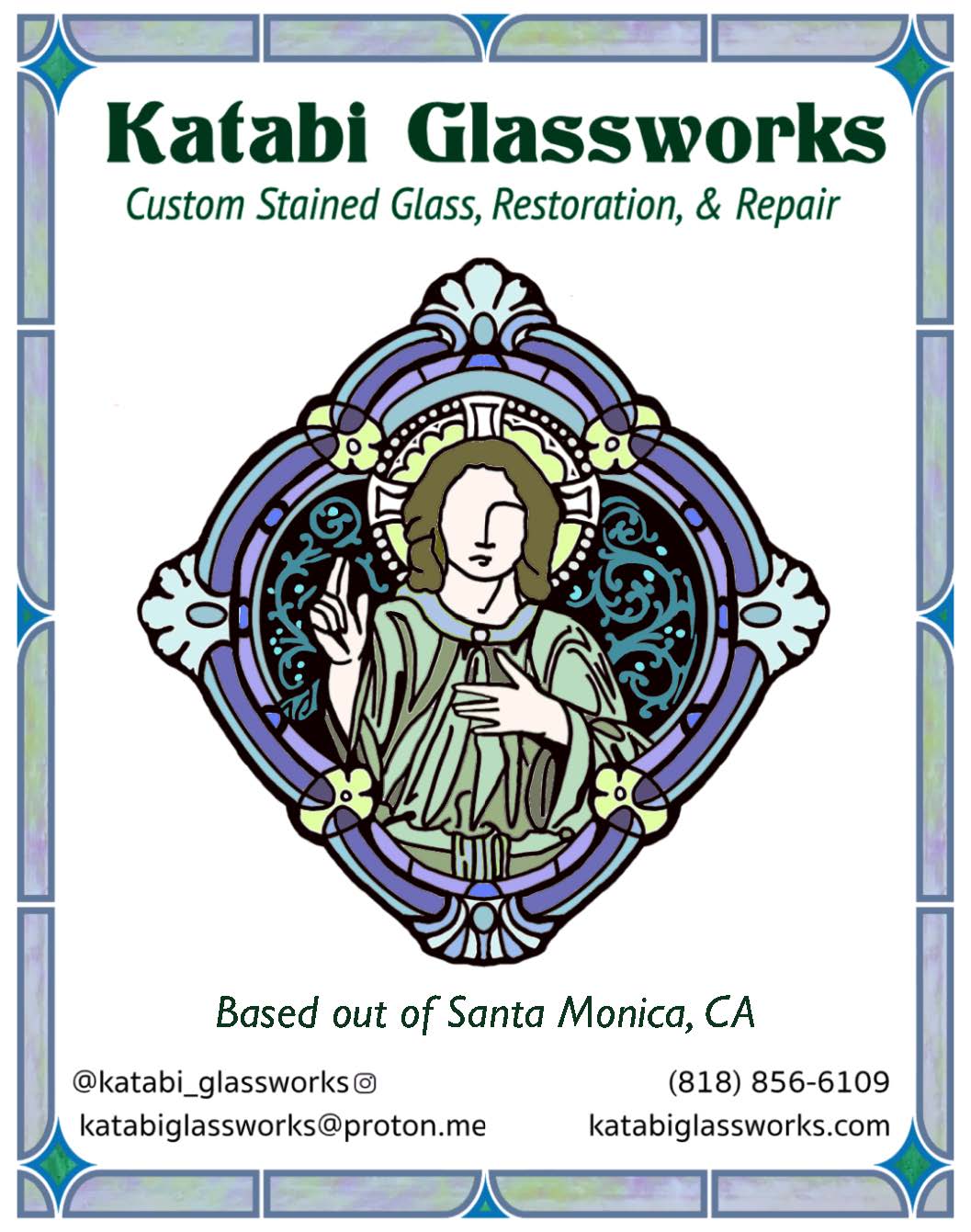Devotion to Mary is a significant factor in discerning and sustaining the call to priestly and religious life, according to a new study.
"As a religious, Mary has played a big role in our religious life, and I am just excited to see the report as a kind of confirmation that Mary indeed is our model," said Sister Thu T. Do, a Sister of the Lovers of the Holy Cross and a research associate at the Center for Applied Research in the Apostolate at Georgetown University.
On July 16, CARA made public a report titled "Impact of Mary, Mother of the Church, on Ecclesial Vocations," which Sister Thu and fellow CARA researcher Jonathon L. Wiggins prepared in response to a request from the Diocese of Saginaw, Michigan.
Spearheading that request was the diocese's theologian and permanent diaconate formation coordinator, Daniel Osborn. He told OSV News the "main genesis" for the project was Pope Francis' November 2023 call to members of the International Theological Commission for greater study on the Marian dimension of the church.
"On a personal level," he added, "I owe my own ecclesial vocation as a lay theologian to the Blessed Mother's intercession." So the study, Osborn explained, was also "a way to honor and thank her personally for how she intervened in my own life," which saw him return to his childhood Catholic faith after a period of drifting away.
The survey, conducted between March and May through mailed paper forms and emailed questionnaires, represented responses from 1,091 respondents, a mix of U.S. Catholic bishops, diocesan priests, permanent deacons, deacon directors, and major superiors of men and women religious.
Among those six groups polled, an average of 59% said Marian devotion had either a "meaningful" or "great" impact on their discernment of a vocation to serve Jesus Christ and the church. Of the groups, religious priests (71%) were most likely to cite Marian devotion, while deacon directors (49%) were the least likely.
Most respondents (92%) said they had first learned of Marian devotion as children, with family (79%) the primary means of introduction, followed by parishes (44%) and Catholic schools (44%).
The rosary topped the list of common Marian devotional practices during one's discernment of a vocation, with 71% reporting private recitation and 52% saying they prayed the rosary with others. Praying before images of Mary -- whether icons, statues or paintings -- was cited by 40% of the respondents.
Among the participants, the home (80%) was the prime location for such devotion during their vocational discernment, followed by the parish (77%).
Survey respondents also said that they "often" or "always" wear the Miraculous Medal (32%), associated with Mary's 19th-century appearances to St. Catherine Labouré; the Brown Scapular (29%); or another Marian medal (18%).
Pilgrimages to Marian apparition sites ahead of coming to their vocation in the church were also noted by 44% of all respondents, with Guadalupe (29%) and Lourdes (28%) as the most popular sites visited.
A majority of survey participants (74%) said devotion to Mary has either "strengthened" or "very much strengthened" the living out of their respective vocations. Bishops (89%) were most likely to highlight Mary's role in this regard.
Marian devotion also enhances respondents' current devotion to the Eucharist, with a total of 80% saying that Mary has had either a "meaningful" or "great" impact.
The survey's open-ended question on the Marian dogma or doctrine that has been most significant in sustaining respondents' vocations elicited 31 specific examples, with the Immaculate Conception, the Mother of God or Theotokos, the Assumption and perpetual virginity of Mary most commonly cited.
Another open-ended question on the most meaningful Marian titles yielded a high response rate, with 84% of participants listing a combined 128 distinct Marian titles. Most popular was "Mary, Mother of God," followed by "Our Lady of Perpetual Help," "Mary, Mother of the Church," "Undoer of Knots," "Our Lady of Guadalupe," "Our Lady/Mother of Sorrows," "Theotokos" ("God-bearer"), "Queen of Peace," "Our Lady of Good Counsel," and "Immaculate Heart."
Ranking first among Marian authors noted by survey participants was the French priest St. Louis-Marie de Montfort, followed by St. John Paul II, St. Maximilian Kolbe, Venerable Fulton J. Sheen, Father Michael E. Gaitley, a member of the Marian Fathers of the Immaculate Conception, and St. Alphonsus Liguori.
Among the report's other findings:
-St. John Paul II was named as the saint who had most inspired respondents' Marian devotion, followed by St. Louis de Montfort, St. Joseph, St. Bernadette of Lourdes, St. Alphonsus Liguori, St. Dominic, and St. Thérèse of Lisieux.
-The Gospels of Luke and John were the most popular sources of Marian-related Scriptures.
-Marian art such as the Pieta, St. Juan Diego Cuauhtlatoatzin's tilma imprinted with the image of Our Lady of Guadalupe, and depictions of the Annunciation and Our Lady of Perpetual Help received "a high volume of mentions" among survey participants.
"Most respondents described Mary’s presence in their lives using terms such as companion, friend, guide, comforter, model, intercessor, mother, and vocation-inspirer," said the report. "Many also spoke of experiencing her role through Marian devotional practices and through being consecrated to Mary."
Mary "meets us everywhere," Sister Thu told OSV News. "Even in the place or in the moment that we do not find anyone, Our Lady, Mary, is there."

